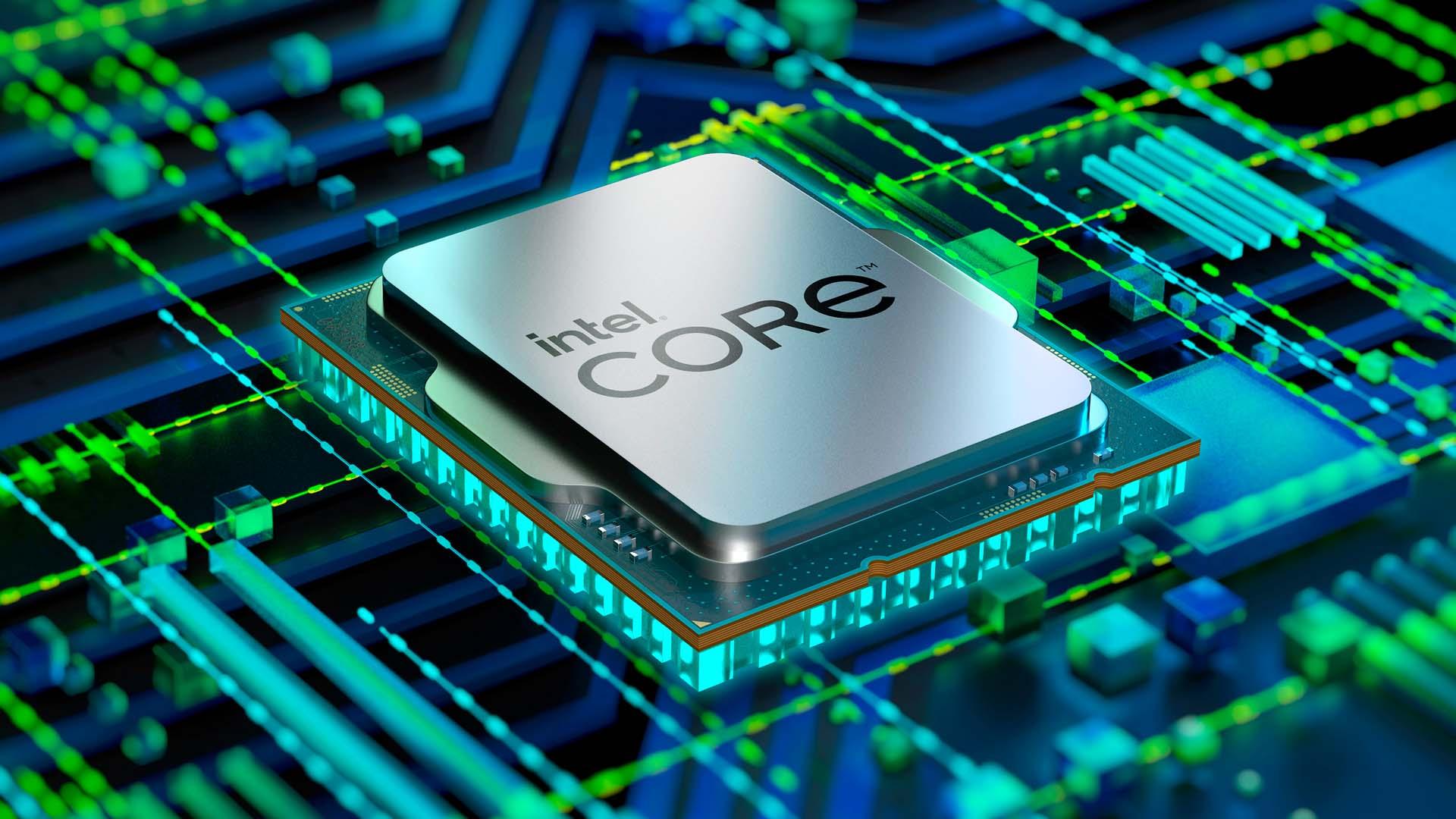
Intel is continuing the trend of replacing its entry-level processors with the generic "Intel Processor" nomenclature. A new Geekbench listing discovered by BenchLeaks on X reveals a new entry-level chip, dubbed the Intel Processor 310. It will feature two performance cores and four threads, similar to Intel's Celeron and Pentium processors of old.
The 310 is unique in that it is only one of two Intel Processor models (so far) sporting no efficiency cores and classified as a Raptor Lake CPU (but still uses an Alder Lake die). In Geekbench, the chip's performance reflects this, boasting very good single-core performance compared to other Intel Processor variants, such as the N200 series. Multi-core performance is also quite decent, thanks to its use of HyperThreading technology. It enables the chip to approach the multi-threading power of a Core i3-N305, which comes with eight Gracemount efficiency cores.
[GB6 CPU] Unknown CPUCPU: Intel 310 (2C 4T)Min/Max/Avg: 4040/4085/4072 MHzCodename: Raptor LakeCPUID: B06F5 (GenuineIntel)Single: 2152Multi: 4254https://t.co/eB2eSGnIg8July 11, 2024
The Geekbench listing reveals that the Intel Processor 310, paired with a single 8GB stick of DDR4 memory, achieved a single-threaded score of 2,152 points and a multi-core result of 4,254 points. The next closest chip in the Intel Processor lineup is the Core i3-N305, which comes with eight Gracemount efficiency cores sporting a single-core result of 1,431 points and 5,538 multi-core result.
The closest Raptor Lake processor to the Intel Processor 310 is the Core i3-13100 series, which features four cores, and much higher frequencies. The vanilla variant of the 13100 has a 2,253 single-core result and a 7,368 multi-core result. Single-core performance is comparable to the 310, but the Core i3 destroys the 310 in multi-core performance due to the extra cores.
Unfortunately, we can't read into these results with incredible detail since the 310 was operating with just a single stick of memory. This inevitably hampers the 310's score significantly since the CPU's second memory channel wasn't used. The good news is that we can expect this chip to perform much better in future benchmarks where two DRAM sticks are enabled, but don’t expect the chip to get close to the Core i3-13100’s multi-threaded performance regardless due to the core count deficit.
The Intel Processor 310 is part of Intel's initiative to remove the Celeron and Pentium sub-brands altogether. The 310 and the vanilla 300 will be taking their place, representing the cheapest modern Intel processors you can buy compatible with Intel's LGA 1700 desktop sockets. The main difference between these low-end chips and the Core i3 is core count, with the 310 only having two cores, and the Core i3 boasting four cores. Clock speed is also major difference that favors the core i3 parts, with the Core i3’s having turbo-boosting technology. According to the 310 Geekbench listing, the chip's maximum recorded clock was just shy of 4.1GHz, while the Core i3-13100 boasts turbo frequencies of up to 4.5GHz.
The 310's power rating is unknown, however based on the Intel Processor 300's base power of 46W, we suspect the 310 will be the same. If so, power consumption will also be a big differentiation between the two chips, with the i3-13100 able to suck down 60W at a minimum and up to 110W through Intel's modern PL1/PL2 system.
Pricing and availability are unknown, but now that its existence has been revealed, we can expect this chip to debut soon.







